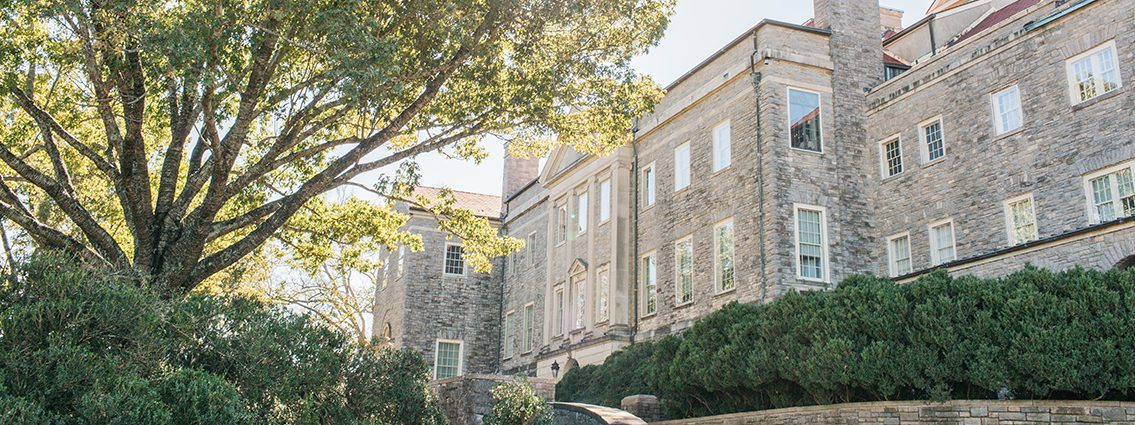Pineapples – The King of Fruits
Published: 6/27/2020
During the hot summer months, pineapples are best known for their sweet flavor and refreshing consistency. Whether serving it in a fruit salad, grilling it with chicken, or blending it into a breakfast smoothie or frozen beverage on vacation, the pineapple is a widely popular fruit loved by many.
But did you know that the pineapple has a significant meaning throughout history? Pineapples were a rare and expensive fruit in Europe and highly sought after, making them popular beginning in the late 15th century. They were usually only enjoyed by kings and therefore became known as a symbol of lavish hospitality. From their first deliverance on Spanish European soil in the 15th century, though the 17th century, pineapples were referred to as the “king of fruits.”
In the 17th century, cultivating rare tropical plants was an esteemed pastime in Europe. Having hothouses and orangeries were very fashionable and a hobby of the wealthy. They began appearing in art, fashion, and literature in the 17th century and gained their height of popularity in Georgian designs of 18th century.


Pineapples also started appearing in architectural embellishments as a welcoming symbol, found commonly on gateposts or friezes. With the pineapple being integrated into Georgian architecture and designs sweeping across Great Britain, it was only a matter of time before this trend made its way to America.
The Cheeks, who were known for their extensive travels abroad, saw many pineapple-inspired emblems on their many British and European tours. They acquired many architectural pieces in 1929 in Great Britain from noble estates and famed antique dealers. Several elements of architectural salvage from former prominent British estates incorporated the pineapple. The Cheeks brought back references to this elegant European symbol of hospitality to Nashville, where it became the favorite symbol of their estate Cheekwood upon completion in 1932.
In 1960, the year Cheekwood opened to the public the pineapple made its way onto the Cheekwood logo, and in 2017 it received a modern redesign with the intention of spreading the message of hospitality and inclusivity to all who see it.
Today, you’ll find pineapples all throughout Cheekwood’s estate, on doors, gates, fences, and artwork. Have you ever noticed them? Some places you can find them include:
• On the capitals of old ironwork posts surrounding the historic core
• On the balustrades of the Entrance Hall staircase
• On the crystal finial at the end of the Stair Hall staircase on the first floor
• The Tiffany silver pineapple place card holders on the dining table
Next time you’re visiting Cheekwood, take note of these subtle pineapple symbols throughout the estate and gardens, and see if can spot any other pineapple symbols. Share your pineapple emblem photos on social media using #CheekwoodPineapple for a chance to be featured on our accounts!

